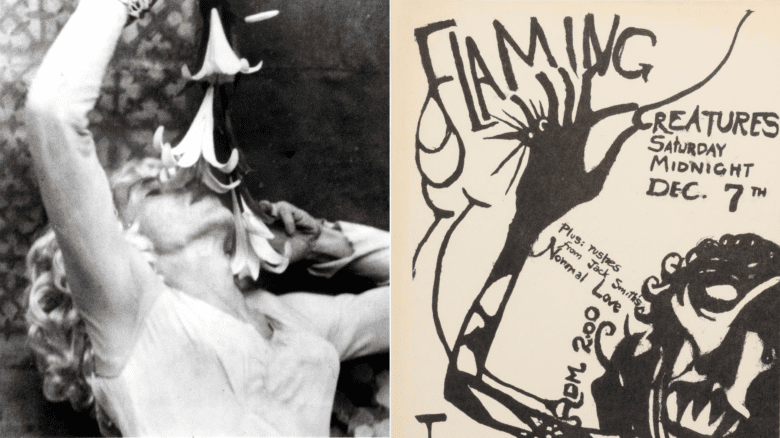Canada will soon have a new prime minister.
On Sunday, Mark Carney was elected as the new leader of the Liberal Party of Canada, and is set to take over for Justin Trudeau as early as this week. The businessman and the former governor of the Bank of Canada secured the leadership in a landslide with 86 percent of the vote, besting Chrystia Freeland, Karina Gould and Frank Baylis. After Trdueau officially steps down, Carney is expected to take the office of the prime minister and lead the Liberals into the impending federal election.
But there are still many lingering questions about Carney’s stances on various issues, including those that most directly impact the LGBTQ2S+ community. Senior editor Mel Wood breaks down what we know about Carney now, and why the prime minister-designate should affirm his party’s stance before going toe to toe with Pierre Poilievre.

 Why you can trust Xtra
Why you can trust Xtra


